Deep within the Golan Heights lies Rujm el-Hiri, a captivating prehistoric site shrouded in mystery. Its name translates to “stone heap of the wild cat” in Arabic, while in Hebrew, it’s known as Gilgal Refaim, or the “wheel of giants”. This ancient megalithic monument, composed of over 40,000 rocks, forms several concentric circles with a tumulus at the center. Researchers estimate it dates back to the Early Bronze Age, suggesting it’s over 5,000 years old. The site’s purpose remains a topic of debate among archaeologists, with theories ranging from an astronomical observatory to a place of ritualistic significance. Despite its unclear origins, Rujm el-Hiri continues to intrigue scholars and visitors alike, beckoning a deeper exploration into the past.
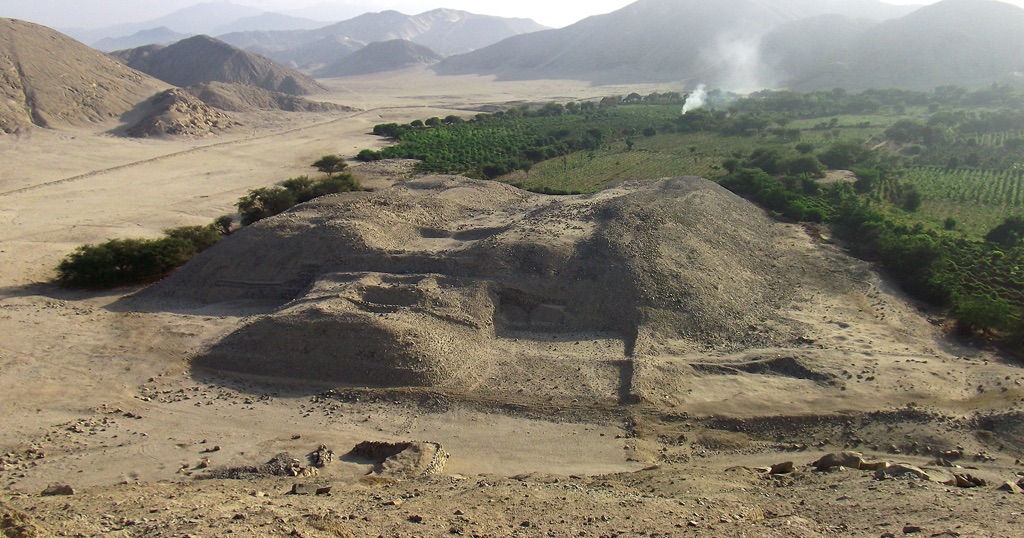
Sechin Bajo
Sechin Bajo, one of the oldest archaeological sites in the Americas, lies in the Casma Valley of Peru. It astonishes with its intricate stone carvings and ancient plazas. Recent excavations revealed its staggering age: some parts date back to 3500 BCE. This makes Sechin Bajo a key site for understanding the pre-ceramic period. Visitors marvel at its antediluvian monuments that have withstood the test of time.
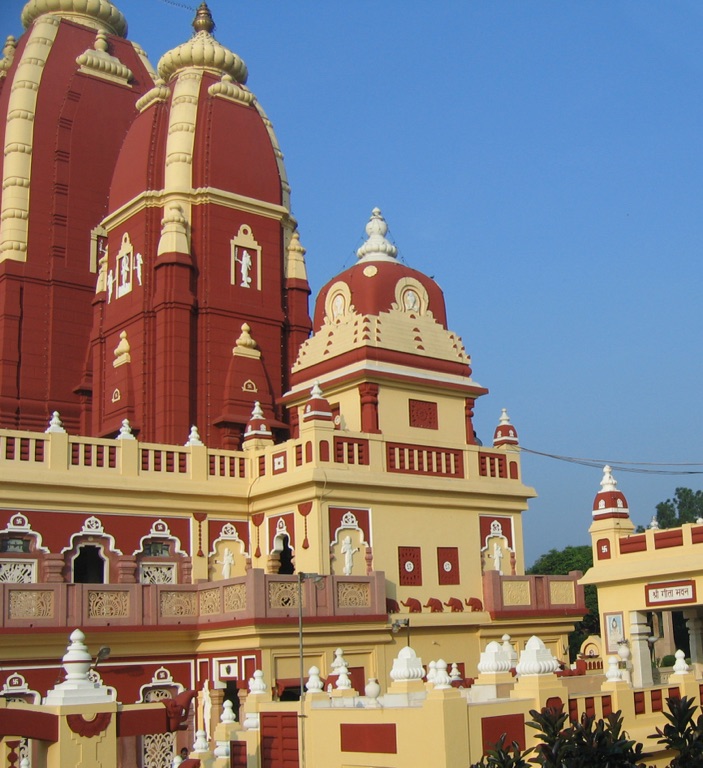
Lakshmi Narayan Temple
The Lakshmi Narayan Temple, also known as the Birla Mandir, stands as an architectural gem in the vibrant heart of India. Dedicated to the Hindu Goddess of wealth, Lakshmi, and her consort, Lord Vishnu, the temple has been a beacon of divine solace since its consecration in 1939. Made from the finest white marble, it features intricate carvings that depict scenes from Hindu mythology, offering a glimpse into the sacred stories that have shaped the culture. This revered site is not just a place of worship but also a center for cultural and social events that unite people from all walks of life.
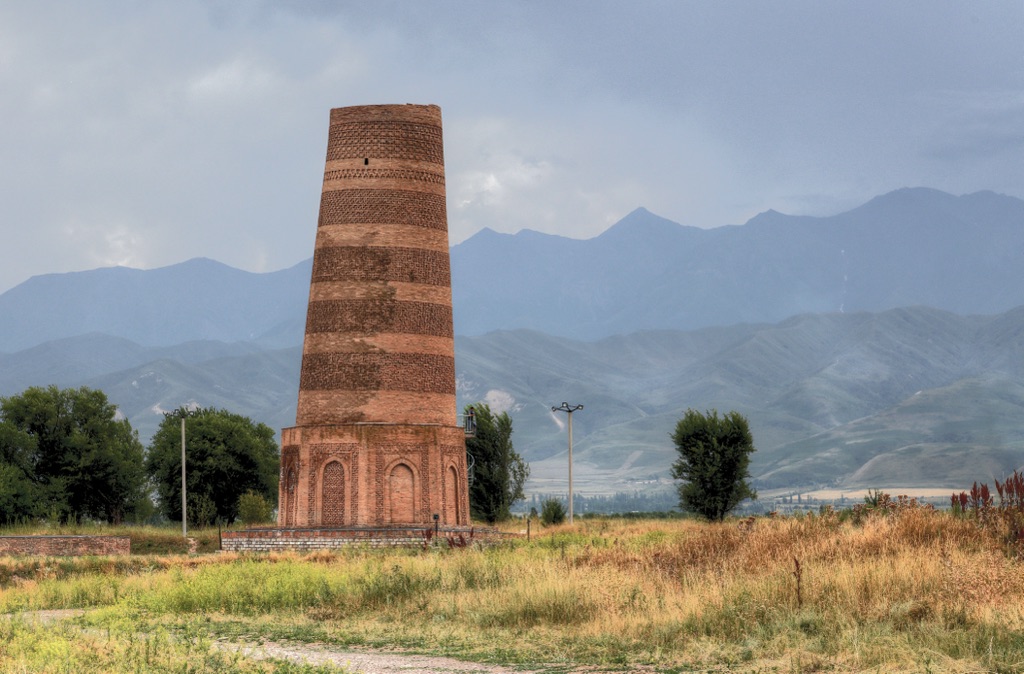
Burana Tower
Burana Tower stands as an emblem of the ancient city of Balasagun, once a thriving hub on the Silk Road. Its origin dates back to the 11th century, built by the Karakhanids. With its rich historical context, Burana Tower is a testament to the architectural prowess and cultural depth of the era. This minaret, despite the test of time and natural disasters, continues to captivate visitors with its historical narratives and resilient structure. It symbolizes the crossroads of civilizations and the intricate tapestry of Central Asian history.
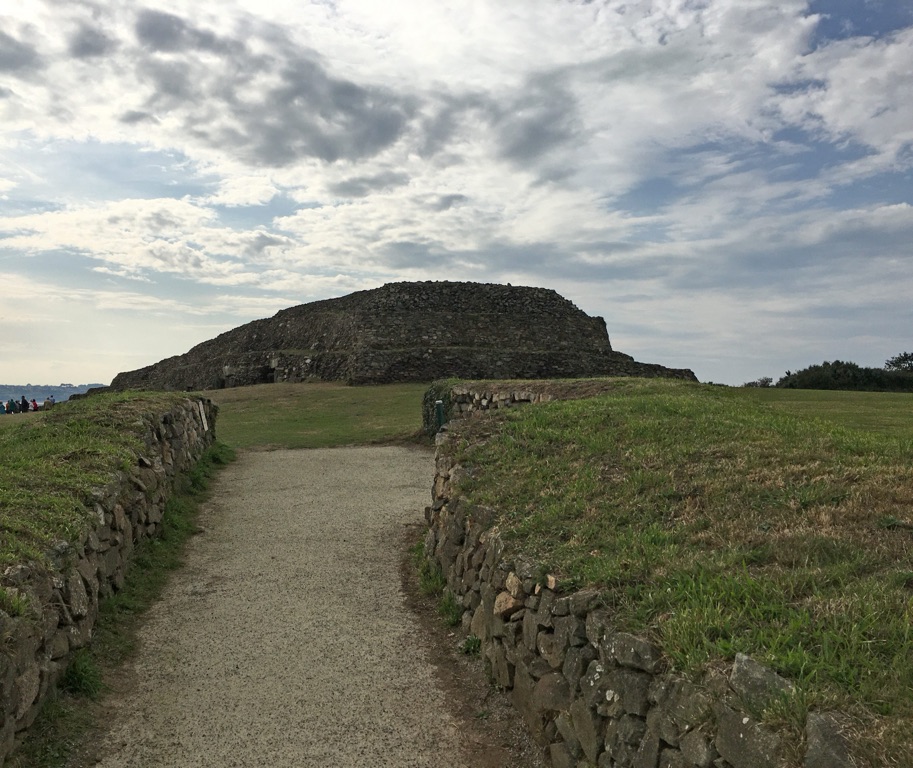
Cairn of Barnenez
Located in Brittany, France, the Cairn of Barnenez stands as one of the most remarkable prehistoric monuments in Europe. Dating back to around 4500 BC, it consists of two separate but adjoining cairns, which form an imposing megalithic structure. The site spans 75 meters in length and reaches eight meters in height, showcasing an impressive architectural feat for its time. Its numerous chambers and intricate stone carvings reveal important insights into the rituals and beliefs of its Neolithic creators.
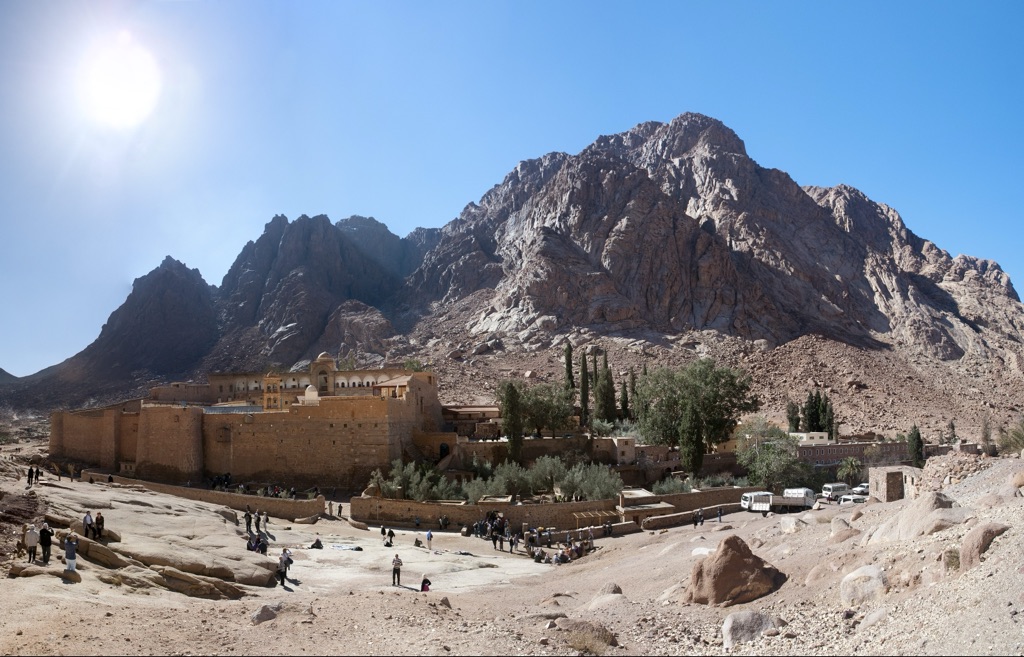
Saint Catherine’s Monastery
Located at the foot of Mount Horeb, Saint Catherine’s Monastery stands as a testament to religious devotion and cultural heritage. It sits in the Sinai Peninsula, Egypt, where it is said that Moses received the Ten Commandments. This Orthodox monastery, dating back to the 6th century, holds vast spiritual and historical significance. It is one of the oldest continuously operating Christian monasteries in the world. Pilgrims and tourists flock here to experience its ancient atmosphere and remarkable architecture.

